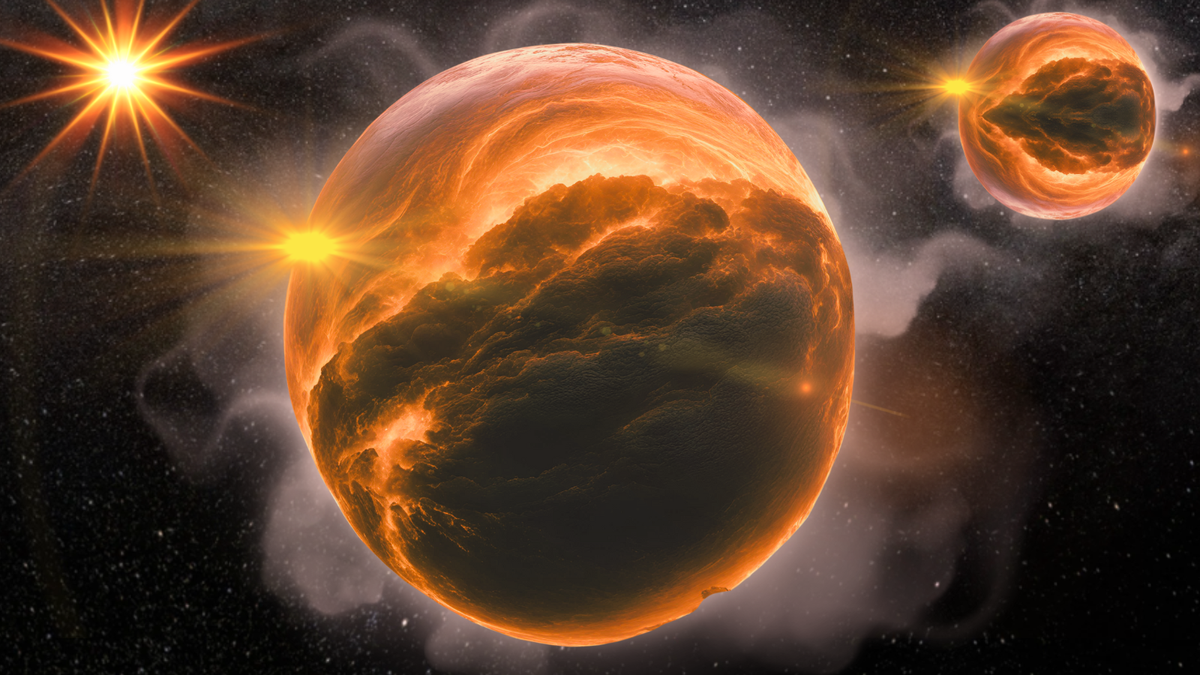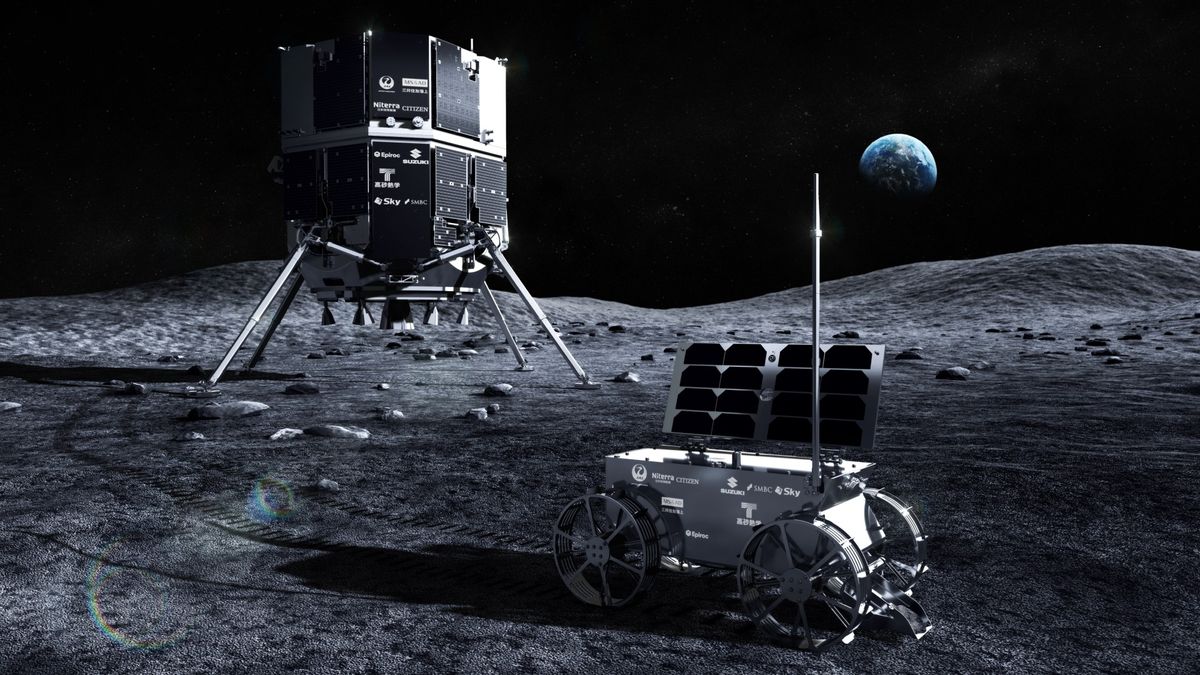Now Reading: Astronomers Unveil Origins of Rare Double Hot Jupiter Exoplanets
-
01
Astronomers Unveil Origins of Rare Double Hot Jupiter Exoplanets
Astronomers Unveil Origins of Rare Double Hot Jupiter Exoplanets

Quick Summary:
- Astronomers have discovered the origins of “double hot Jupiters,” rare exoplanets found in binary star systems.
- Hot Jupiters are gas giants similar in size or larger than Jupiter that orbit extremely close to their parent stars, completing one year in less than an Earth day. These planets orbit only about 1% of stars.
- Double hot jupiters occur when two such planets form, each orbiting around a twin star in a binary system, which challenges traditional planet formation theories.
- The research identified the von Zeipel-Lidov-kozai (ZLK) migration mechanism as key to their formation. This process suggests gravitational interactions with nearby objects can alter planetary orbits over long timescales.
- Simulations using NASA and ESA data suggest mirrored migrations within binary systems could lead to double hot jupiter formations if the stars are moderately separated – not too close and not too far apart.
- Researchers advocate revisiting known binary systems with one detected hot Jupiter for further studies.
Image(s):
!Double Hot Jupiters Illustration
Caption: An illustration of “double” hot Jupiters (Image credit: Robert Lea).
!Binary Star View
Caption: A view of binary stars from a hot Jupiter planet (Image credit: NASA/JPL-Caltech/T. Pyle).
Indian Opinion Analysis:
This finding has significant implications for global astronomical research,including IndiaS space programs such as ISRO’s initiatives and collaborations on exoplanet exploration. Understanding planetary evolution mechanisms like ZLK migration aids theoretical modeling efforts pivotal for missions aimed at detecting habitable worlds or extraordinary phenomena.
For India, with growing interest in astro-research through projects like Aditya-L1 and partnerships on telescope facilities worldwide, this study opens avenues to adopt advanced simulation techniques using global databases like Gaia or NASA archives. Moreover, India’s future involvement in observing rare phenomena within binary star systems may contribute toward demystifying exotic planet formations.Ultimately, these findings underscore science’s unpredictability while adding layers to understanding universe creation-an area crucially aligned with India’s ambitions toward cutting-edge astrophysics exploration.


























